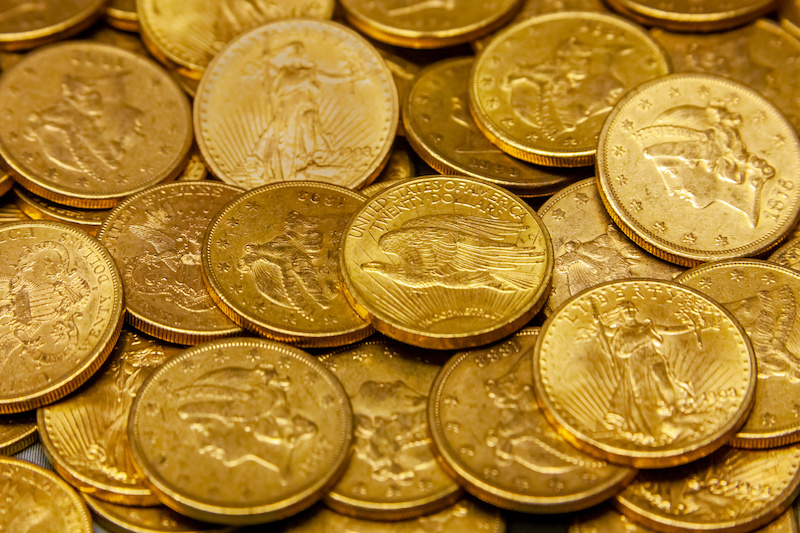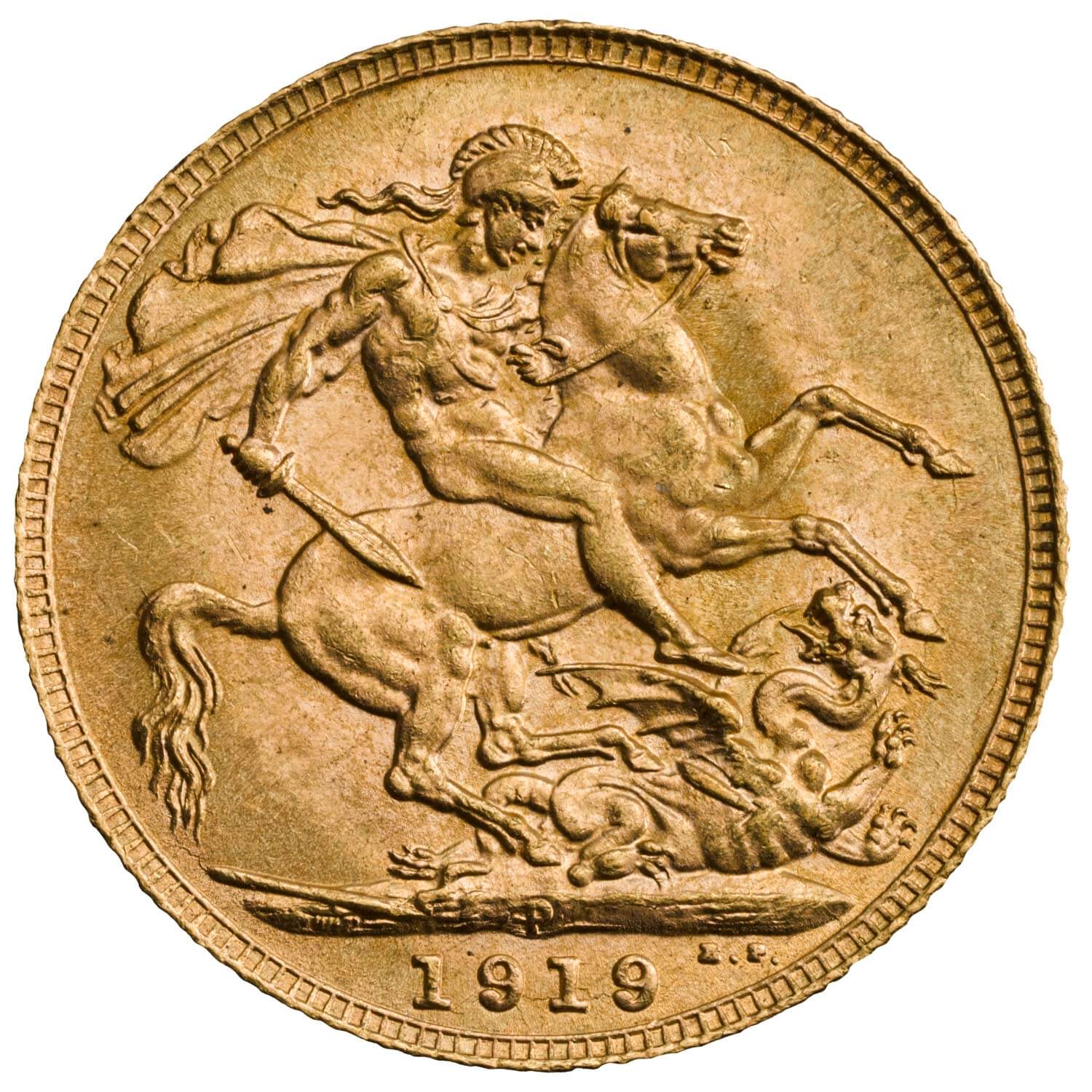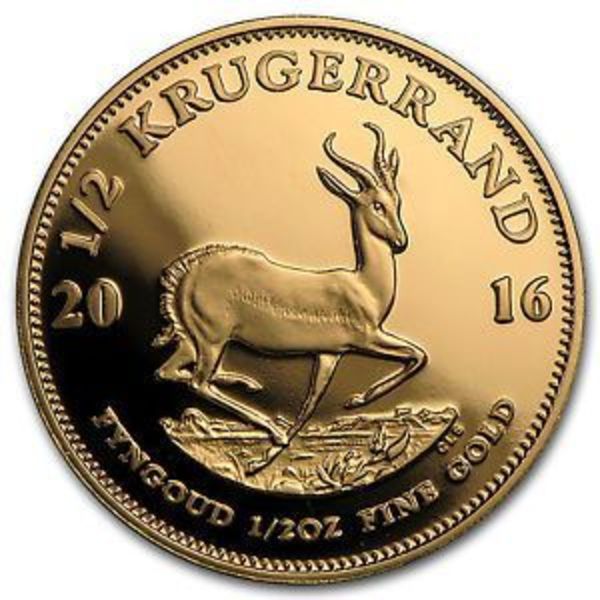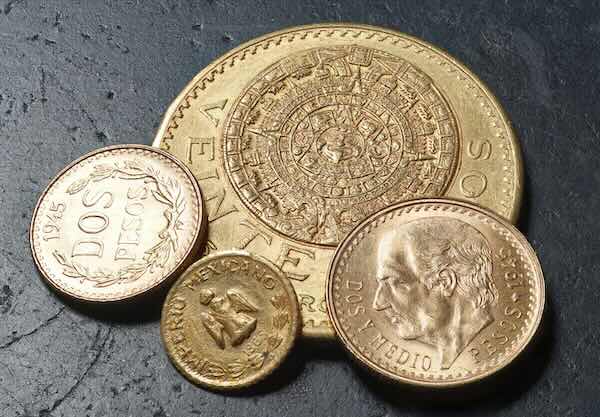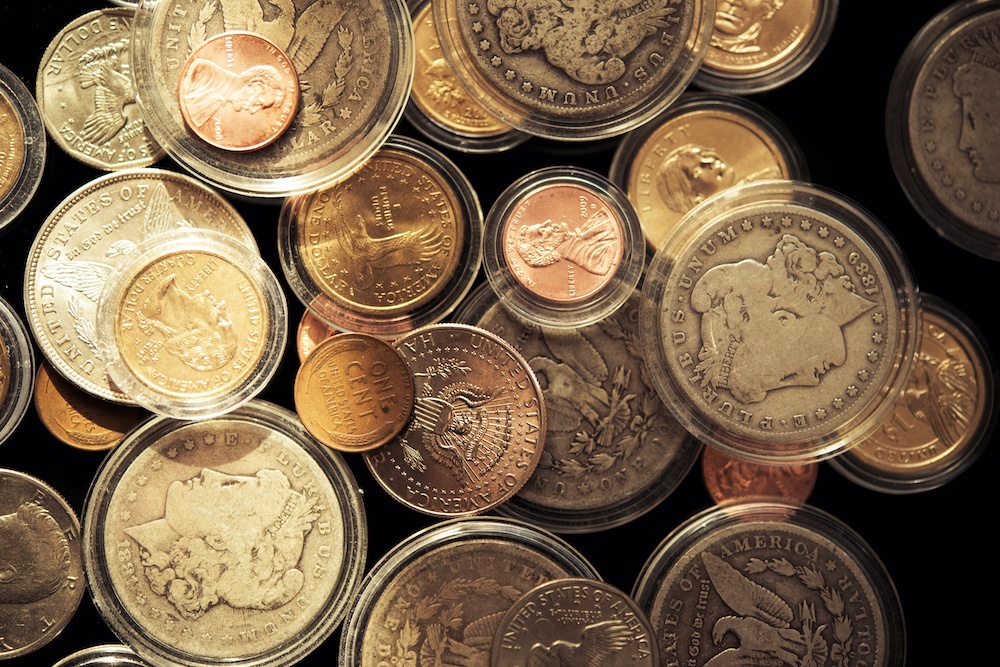In the realm of numismatics, pre-1933 gold coins hold a special place. These gleaming pieces of history are valuable precious metal assets and windows into a fascinating era. With their unique designs, historical significance, and rarity, Pre-1933 US Gold Coins offer collectors and investors a glimpse into the past and a tangible connection to the stories of our ancestors. This article will delve into Pre-1933 US Gold Coins, discussing their historical significance, investment potential, and the difference between “Raw” and “Graded” coins.
What are US Mint Pre-1933 Gold Coins?
Pre-1933 US Gold Coins have an important position in US history and are strongly tied with the Gold Seizure that occurred in the early 1930s. This incident, also known as the Gold Confiscation, marked a watershed moment in the country’s monetary policy and had a long-lasting impact on how the government and its citizens viewed gold.
These coins are available in various values and designs, each representing a distinct epoch in American history. Some famous examples include the 10 Gold Eagle, 20 Gold Double Eagle, Liberty Gold Coin, Incuse Gold Indian, 2.50 Gold Coin, and 5 Half Eagle Gold Coin. These coins were widely used as currency during their time of circulation. Each denomination carries its own unique characteristics and historical context. For example, the $20 Double Eagle is the largest denomination, while the $2.50 Quarter Eagle is the smallest.
Are Pre-1933 Gold Coins Valuable?
Pre-1933 US Gold Coins are highly valued for several reasons. Firstly, their gold content gives them intrinsic value based on the current price of gold. Gold has long been considered a haven asset and a store of value, which makes these coins inherently valuable from an investment standpoint.
Additionally, these coins’ scarcity and historical significance contribute to their worth. The US government recalled most gold coins in 1933 as part of a national effort to stabilize the economy during the Great Depression. As a result, many of these coins were melted down, making the surviving specimens even rarer and more desirable among collectors and investors.
Do Pre-1933 Gold Coins Have Numismatic Value?
In addition to their intrinsic gold value, Pre-1933 US Gold Coins often have numismatic value. Numismatics is the study and collection of coins, and numismatic value refers to the worth of a coin based on factors such as rarity, condition, historical significance, and desirability among collectors.
Certain Pre-1933 US Gold Coins, especially those in above average condition or with unique features, can command premiums far beyond their gold content. For example, coins with low mintages, coins from specific years or mints, or coins in exceptional states of preservation may have a numismatic value that exceeds their bullion value. The numismatic market for these coins is robust, with collectors and enthusiasts eager to acquire these pieces of history.
What is the difference between “Raw” & “Graded” Gold coins?
When discussing Pre-1933 US Gold Coins, you may come across the terms “raw” and “graded” to describe their condition and authenticity.
Raw gold coins are coins have not been graded by a third party grading services. These coins are typically bought and sold based on their bullion content, historical significance, and overall appearance. Raw coins may vary in condition, and their value is often subject to the buyer’s interpretation and the market’s sentiment. It’s common to find
Graded gold coins, on the other hand, have passed a thorough review process by expert coin grading agencies. Before providing a grade on a specified scale, these agencies evaluate a coin’s quality, authenticity, and other characteristics. The Professional Coin Grading Service (PCGS) and the Numismatic Guaranty Corporation (NGC) are two of the most well-known grading firms.
Graded coins are encased in a protective plastic holder known as a slab, which displays the coin’s grade and other relevant information. The grading procedure gives the coin’s condition legitimacy and transparency, making it easier for buyers and sellers to establish its value.
While raw coins offer more flexibility in pricing and personal interpretation, graded coins provide a standardized assessment and greater confidence in a coin’s authenticity and condition.
Pre-1933 US Gold Coins combine historical relevance, intrinsic worth, and numismatic appeal. Their gold content, rarity, and age add to their value, making them an appealing investment option for gold and numismatic enthusiasts. Investors can explore the potential rewards of owning these magnificent pieces of American history by knowing the market, interacting with trustworthy dealers, and considering issues such as coin condition and storage. Pre-1933 US Gold Coins are tangible memories of a bygone period, whether for their gold investment potential or numismatic worth.
How to Invest in Pre-1933 Gold Coins?
Investing in Pre-1933 US Gold Coins can be thrilling and potentially lucrative. If you’re thinking about adding these currencies to your investment portfolio, bear the following points in mind:
Educate Yourself
Learn about the many sorts of US Mint Pre-1933 Gold Coins, their historical significance, and the variables that influence their value. This knowledge will allow you to make more informed judgments when purchasing coins.
All Pre-1933 gold coin prices fluctuate based on the gold weight. Raw gold coins are available in a variety of grades that carry common definitions across the numismatic and coin collecting industry. These include terms like “very fine”, “brilliant uncirculated”, “almost uncirculated”, etc and are often abbreviated with their initials.
However, coins in better conditions, especially those that have been authenticated and graded by third-party grading services, typically have an additional numismatic value as well. Even coins that have been circulated or cleaned will have numismatic value due to the rarity and historical value.
Determine Your Budget
Set a budget that aligns with your investment goals and financial capabilities. Pre-1933 US Gold Coins have a wide range in price, with much of the price based on the gold value.
The smaller denominations like the $2.50 Quarter Eagle and even some $1 gold coins can make an affordable entry point for new collectors.
The middle denomination include $5 Half Eagle and $10 Eagle gold piece.
Larger coins, like the $20 Double Eagle contains 0.9675 troy-ounce of fine gold and are priced comparably with 1 oz coins.
With gold prices increasing, it’s essential to establish a precise spending plan. Many online bullion dealers offer a random year selections based on available inventory. These include both raw or ungraded coins, as well as those encapsulated coins by NGC and PCGS that can be purchased by its grade on the Sheldon Scale.
Choose a Reputable Dealer
When purchasing Pre-1933 US Gold Coins, working with a trusted and reputable dealer specializing in gold coins is vital.
There are a variety of online source to research and verify each dealers’ credentials, such as previous customer issues filed with the BBB. There are a variety of third party review services like TrustPilot and other that can be a helpful source of information. Keep in mind that most people are more inclined to post reviews when they’re unsatisfied.
FindBullionPrices.com tracks gold coin prices from dozens of trusted and reputable online bullion dealers to help you find the absolute best prices.
Authenticity and Condition
Ensure that any coins you buy are genuine and authentic. Many beginning investors and collectors a prefer to start with NGC and PCGS graded coins, which provides authenticity and a grade for each coin. The coins are encapsulated into standard-sized transparent holders that allow both sides of the coin to be inspected while providing protection against damage from handling.
Additionally, these services keep a record of each coin that is reviewed by their experts and each specimen is assigned a unique number with a barcode that is permanently enclosed inside the coin holder.
Grading companies utilize Official ANA Grading Standards, which are based the Sheldon Grading Scale, which uses a 70-point assessment to determine the condition of a coin.
For example, a $20 St-Gaudens Double Eagle with a MS-66 grade is considered to be in near-perfect “Mint State” condition. Coins with an MS-66 grade are sometimes referred to as Gem Uncirculated and will have above average surface quality and will retain much of the original mint luster. There may be some minor contact marks, sometimes referred to as bag marks, along with a few light hairlines that may be visible under magnification.
Its important to trade with reputable dealers and auction houses, as there are counterfeits of every kind that appear in the market.
Diversification
Diversification is essential in any investment. To spread your risk and maximize your profits, consider amassing a diversified collection of Pre-1933 US Gold Coins, including different denominations and varieties.
Storage and Security
Properly store and secure your investment. Pre-1933 Gold Co Pre-1933 US Gold Coins ins should be kept in a secure location, such as a safe or a bank safety deposit box, to protect them from theft or damage.

